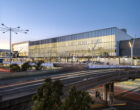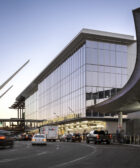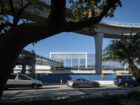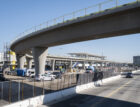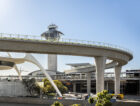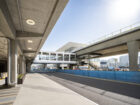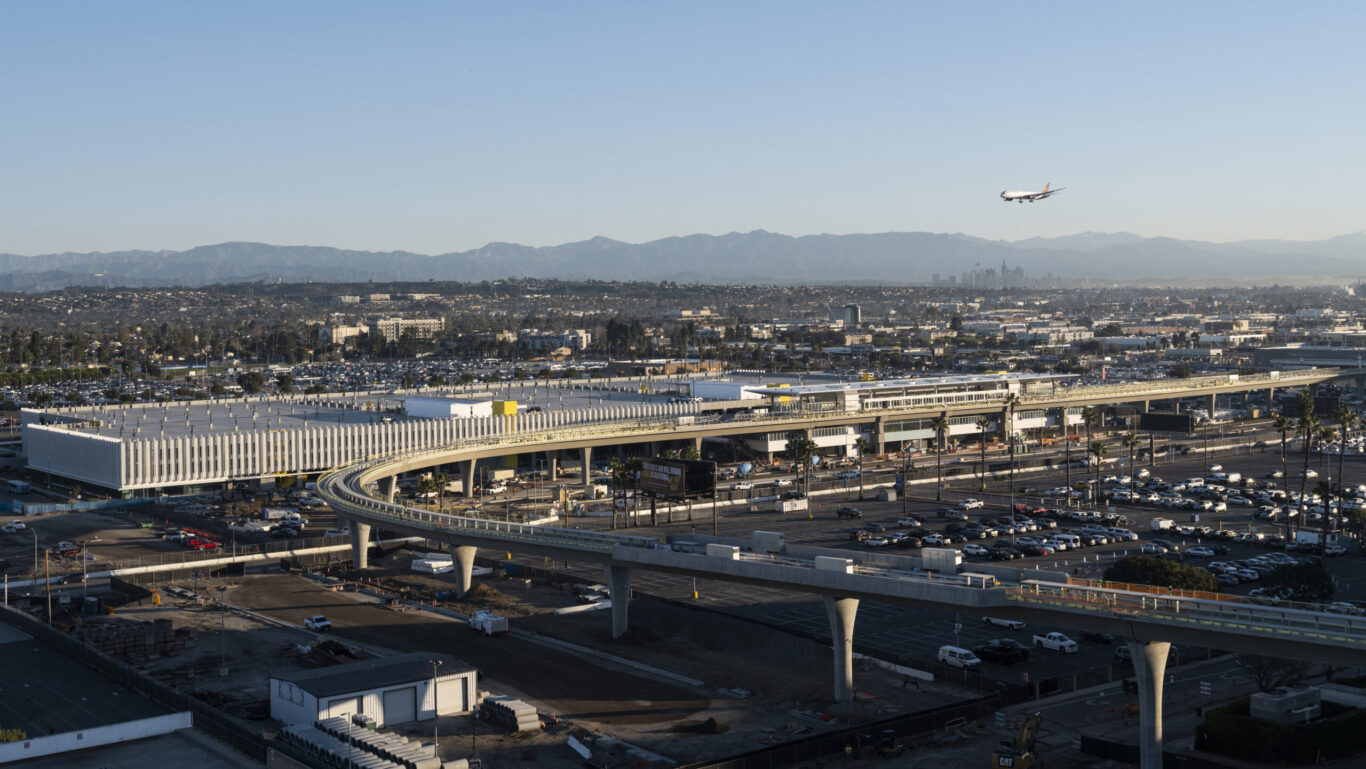Planning the future of the West Coast’s busiest airport
More than runways and terminals, airports are vast, complex networks of transportation and logistics that support businesses and connect cities. Since 2013, SOM has worked with Los Angeles World Airports (LAWA) to develop Vision and Design Guidelines for improving operational efficiency and the passenger experience at LAX, one of the busiest and most important international airports in the United States.
Since its establishment in 1928, LAX has expanded to 3,400 acres and today serves 75 million passengers per year. In order to resolve visual confusion and wayfinding uncertainty that has resulted from a series of additions over time, LAWA engaged SOM to create comprehensive design guidelines to unify the campus over the next decade.
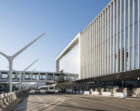
The process of developing the LAX Vision and Design Guidelines began with a study of existing conditions and future building projects in the Central Terminal Area (CTA) extending east to the area’s main access artery, Interstate 405. This analysis included land use, key entrances and exits, pedestrian and bicycle connections, primary and vehicular streets, landscape, and sites with historic significance.


The study resulted in establishing a series of design strategies for LAX including: creating a more cohesive campus by developing complementary relationships between new and existing airport elements; optimizing views, lighting, safety, and reducing visual clutter; harmonizing with, but not mimicking, existing architectural icons such as the Theme Building; using simple, repetitive elements in the design scheme; and meeting all functional, operational, and maintenance criteria for the updated facilities.
The guidelines, now complete, are used by design professionals, developers, builders, contractors, and the community for ongoing and future improvements to the airport. The criteria are currently being applied to LAWA’s Land Access Modernization Program projects, as well as improvements in the CTA and its parking structures.
